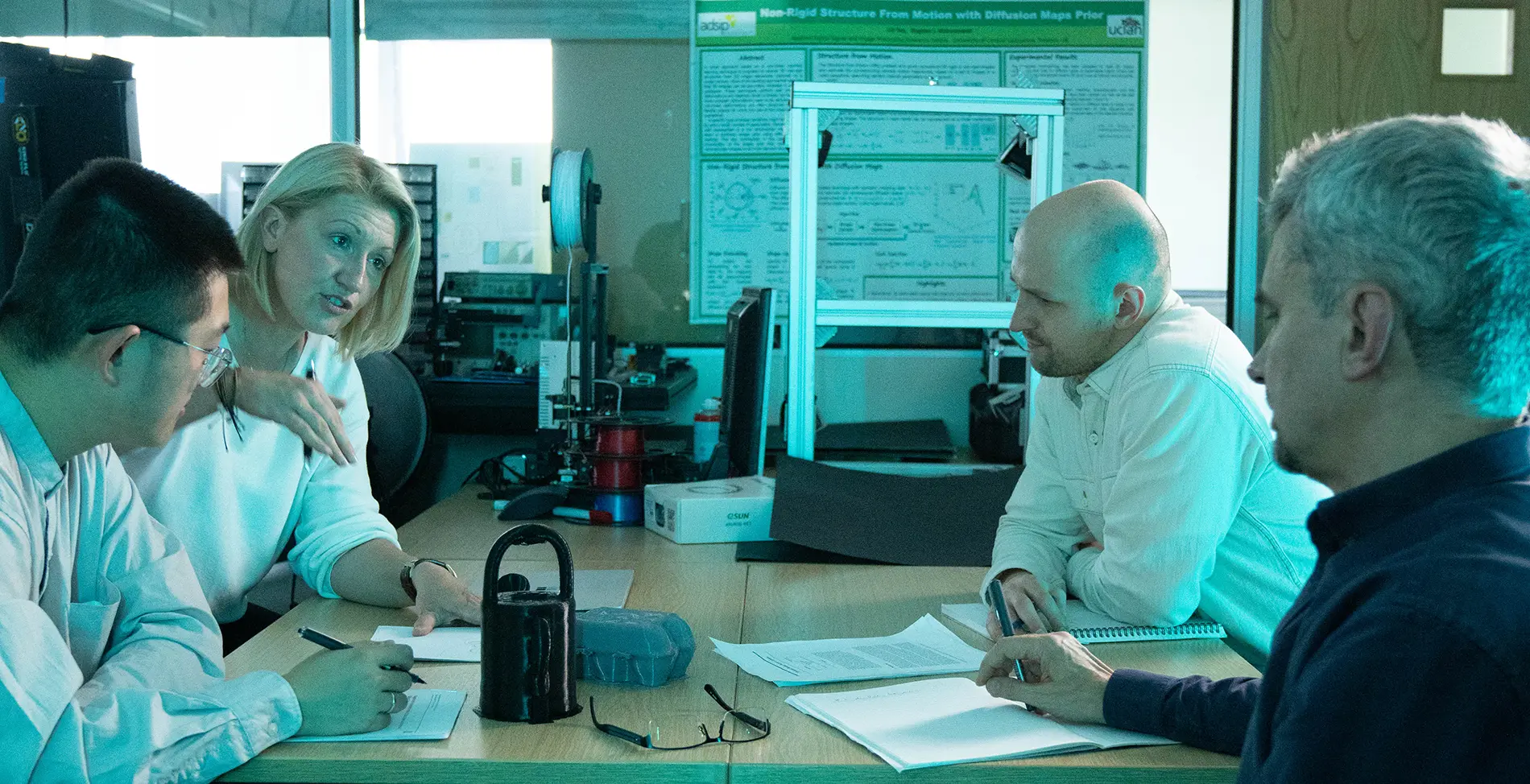During pregnancy, labour, and birth, a number of biomechanical and hormonal changes occur, and childbirth positions and movements have a direct effect on maternal, fetal and neonatal outcomes. However, knowledge about the exact biomechanical changes that occur during pregnancy and labour and the effect of different delivery positions is extremely limited. Progress in trans-disciplinary collaborations, in movement analysis techniques and their computationally derived methods has provided non-invasive or minimal-invasive solutions that can investigate maternal and fetal movements, the effect of adjusted anatomical structures of a parturient woman, and the forces that are applied during pregnancy and childbirth, as well as providing some initial insights on how specific birth positions, or spontaneous dynamic changes in position, may contribute to certain outcomes.
Investigation and understanding of biomechanics of pregnancy and childbirth is therefore very important.
A formal network offers an effective means of bringing together individuals and organisations with similar interests and backgrounds, of supporting their activities, creating collaborations and long-term relationships, and supporting the dynamic development of knowledge in the field. This network will bring together people with an interest in the biomechanics of pregnancy and childbirth and create a unique space for collaborations, networking, and support.

